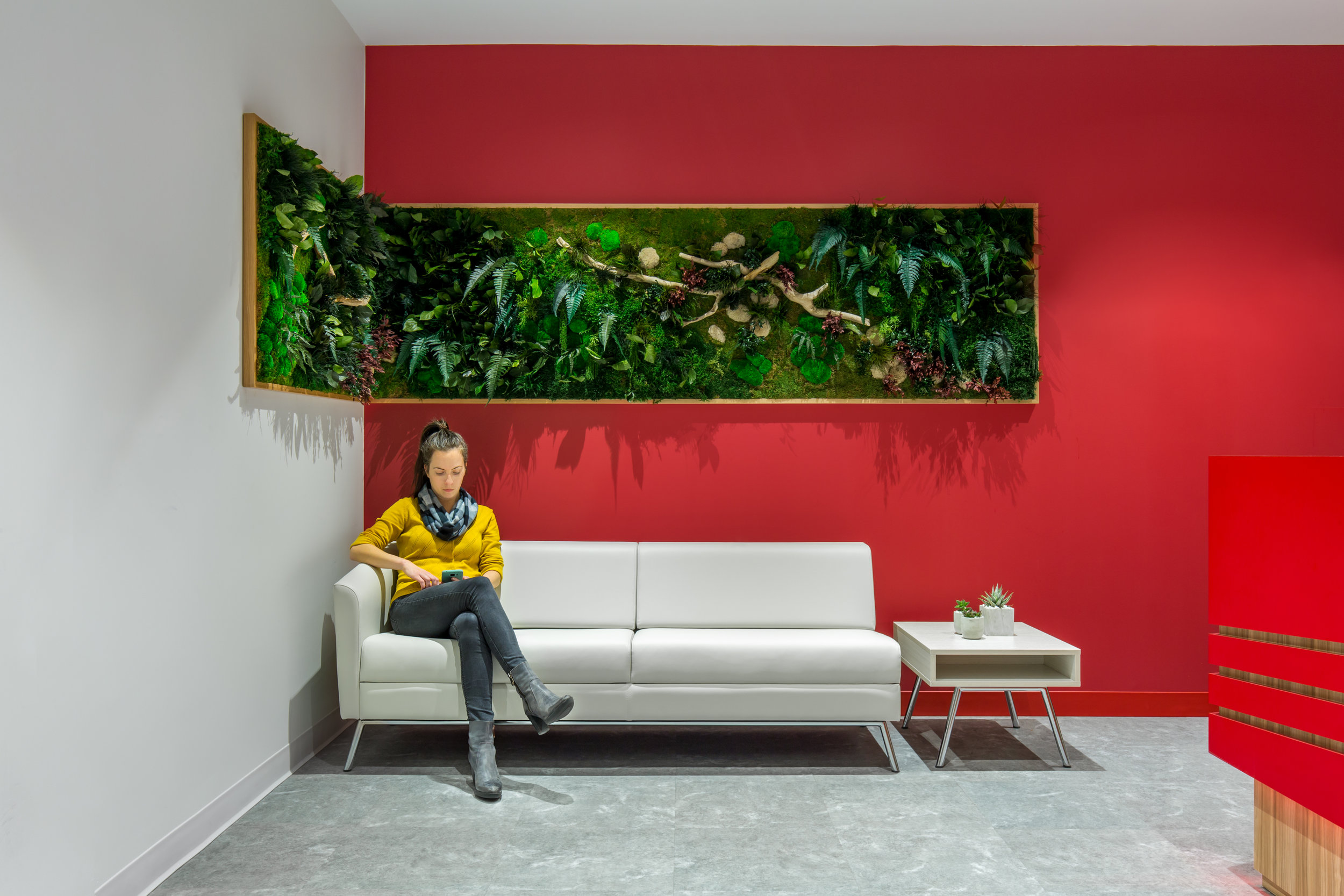How to Use Texture to Elevate Your Interior Design Project
When thinking of interior design, what elements come to mind? Initially, you may think a beautiful colour palette, comfortable furniture, or excellent lighting make or break a room. But there’s one element that truly completes any interior design, and that’s texture.
Our sense of touch is one of our most visceral senses because it allows us to glean key information about our environment. One 2020 study conducted by behavioural scientists describes texture as an integral part of how indoor spaces provoke our emotions.
In interior design, getting texture right is about creating visual texture, which gives the eye a chance to communicate feelings to the brain. Imagine running your fingers over a smooth granite countertop, digging your toes into a spongy rug, or resting your hands on a grainy wooden table. These are the tactile memories that you can provoke through interior design.
The difference between a plush accent pillow and a marble-top table or organic millwork can make a room not only comfortable but memorable. Here are some ways you can use texture to breathe new life into your next interior design project.
Ensure the textures suit the function of your interior space
When it comes to textures, the selection is limitless. But before you go wild, first consider the purpose and function of the room. This will inform the atmosphere you’re trying to create.
Haptics, the science of transmitting and understanding information through touch, tells us a great deal about what kinds of textures can help your interior achieve the desired look and feel.
Rough textures will command attention and activate eye movement. According to one expert, rough textures, such as limestone or raw wood, can give off a sense of strength while invoking an organic and rustic aura.
Soft textures are friendly, cozy, and, according to a 2019 study conducted by a global team of psychologists, often give us pleasant emotions. Soft items also rarely have harsh lines, which visually imply a flowing sensation.
Smooth textures reflect light and make a space feel more formal and polished. According to Spanish art historian Angeles Nieto, smooth textures, such as glass, metal, or marble, can also elevate our sense of calm.
To understand what textures would suit a given space, let's take the example of selecting wood textures for a corporate office.
If you’re a law firm, you’ll want to invest in finishes that display a level of luxury that will wow clients, such as deep, rich woods, such as mahogany or walnut. If you’re a tech startup, you probably want to create a space that feels more down-to-earth, where your employees feel energized. For this space, you can opt for more diverse, organic textures like reclaimed or raw wood.
Balance textures with other elements of the room’s design
Once you’ve determined what kinds of textures will work for your interior, it’s time to consider other aspects of the room’s design, particularly light and colour. The textures you choose should complement those elements or contrast them to stand out.
Lighting is where texture can take a more visual role. Light and shadow allow those little fissures and crevices in a throw pillow or stone wall to attract attention. It’s important to mix and match different styles of source, dimness, and hue to achieve varying levels of illuminated texture.
When it comes to colour, textures can also interrupt the consistency of a colour palette. Using complementary colour combinations adds bursts of visual interest to an otherwise monotonous space, like in the photo above, where the addition of a green feature appears striking against the red wall.
Juxtapose different materials when layering your textures
Layering materials in interior design is key to producing a space that is vibrant and full of depth. It’s about making every texture feel harmonious with one another while leaving room for variation, visual relief, and emphasis.
Juxtaposition can be a great ally when creating a rich and visually stimulating interior. A multi-residential space, for example, is often trying to balance a hotel-like atmosphere with the coziness and warmth of a home.
You can achieve these sensations by pairing or juxtaposing elements. An opulent marble-top coffee table with metallic finishes sits among velvet upholstery and sumptuous carpeting in the photo above. These subtle juxtapositions allow us to give the room the sensation of a hotel while still feeling like a place we can settle into at the end of a long day.
Don’t be afraid to break the rules when it comes to layering textures
When it comes to designing interiors, it’s easy to play it safe, but this is when mistakes happen.
Using a single wood tone, pattern, or metal throughout a room can give a sterile, clinical look that isn’t likely to feel inviting. We also see designers go the other way and make their rooms too busy with a frenzy of textures and patterns, which can overwhelm the senses.
When it comes to selecting textures, there is no formula. If you approach textures mindfully, you can truly make anything work from a layering standpoint. A strong textural scheme should balance fitting textures that come together to evoke a perceptible mood or style.
Texture can breathe new life into your interior design
Touch is one of our most important senses. When we look outside into a forest or a beautiful sunset, we see how different textures animate and enrich our everyday environments.
With an experienced interior designer by your side, you can navigate the many complexities of texture to enhance how people experience your space.
Wondering how you can better incorporate texture in your next design project? We can help. Contact 34F Design for your next interior design project.





